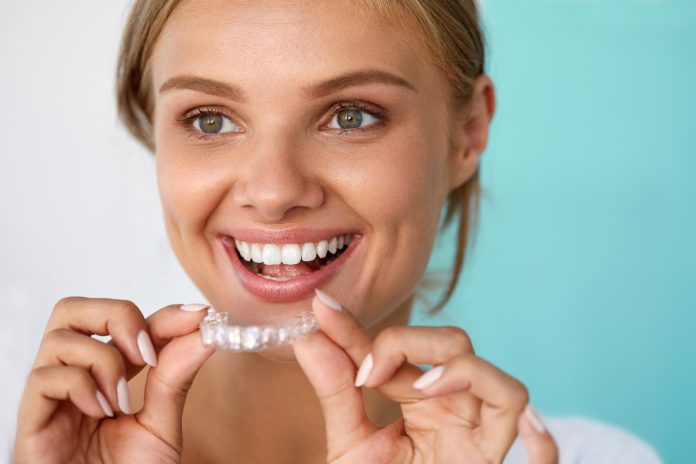
The American Association of Orthodontists says that one in four orthodontic patients is an adult. It’s a considerable increase from years ago. It proves that people are taking their dental health more seriously today.
Among the different procedures, getting braces is popular today. The pandemic helped the industry, as people took advantage of the downtime to care for themselves.
Both children and adults often get braces to fix their teeth. However, dentists may also recommend them for jaw realignment.
Do braces improve the jawline? Keep on reading to learn more about how they affect the jaw structure.
How Braces Affect Jaw Structure
Braces realign the teeth by applying consistent pressure, causing them to shift. This process is bone remodeling.
The brackets and wires pressure the tooth, which loosens the ligaments. It also changes the alveolar bone structure in the jaw to support the new position.
The constant pressure is a crucial part of the process, which is why you need to go in for adjustments regularly. If it stops, the bone stops adapting, as well.
In essence, the braces or aligners guide the bone and tissue to their ideal position. Your dentist may use rubber bands for more leverage to realign the jaw structure. These can help line up the upper and lower jaw.
What Can Braces Fix?
How does jaw realignment help you? Apart from the known benefits of Invisalign and braces, here are some conditions they can help improve.
Underbite and Overbite
A couple of the most common jaw alignment issues are underbite and overbite. For some, these problems don’t warrant a realignment. They may only do so for cosmetic reasons.
However, some instances can lead to other issues, such as gum disease and jaw pain. A bad bite can also cause more tooth wear and breakage. You may even have difficulty speaking in extreme examples.
Depending on your specific case, your dentist might recommend surgery to fix an uneven jaw. In children or those with minor issues, braces and aligners may correct an underbite or overbite.
Facial Symmetry
When you have misaligned teeth and jaw, your face may look uneven. One side may be higher than the other, or your mouth might appear crooked.
Science says people gravitate toward symmetrical faces. Looking better is a valid reason for getting your teeth and jaw realigned. After all, much of people’s confidence lies in how they think they appear.
When using braces or aligners to improve facial symmetry, it’s best to start as soon as possible. The best time for this procedure is when the bones are still developing.
Learn More About Using Braces
Braces can help improve your quality of life, whether you get them for cosmetic or medical reasons. Fixing your jaw structure and gaining confidence is worth the years of wearing them.
Still, it’s better to talk with your medical provider first to see the best treatment for you. To learn more, check out our other posts today.








